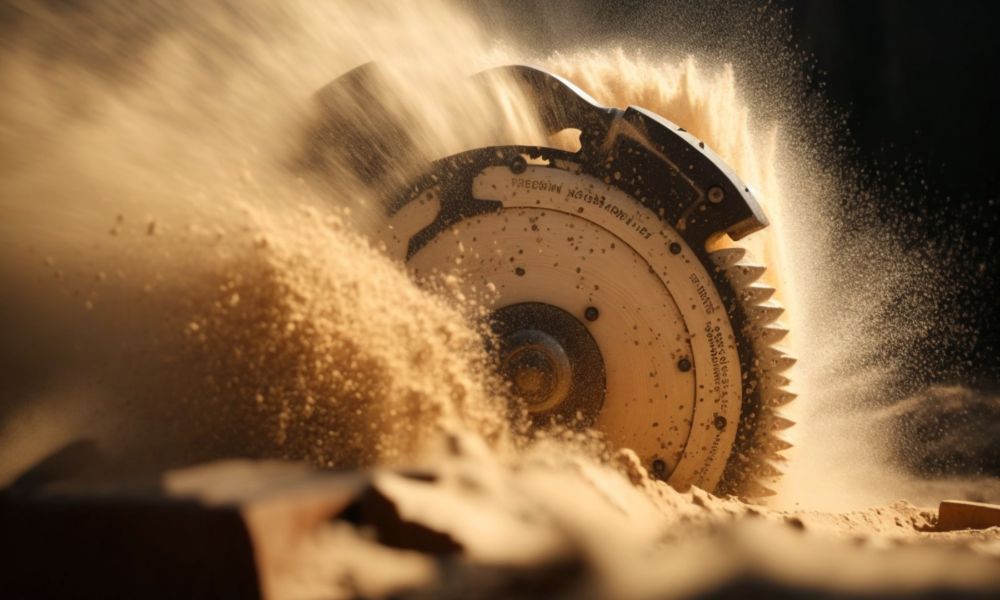In the intricate world of metalworking, precision is paramount. Among the most critical implements are saws, each designed for specific tasks. Let’s explore the different types of saws and their applications.
Circular Saw
The circular saw is a workhorse, well known for its ability to cut through various materials. However, in metalworking, the circular saw's robust blade and high-speed rotation make it ideal for executing straight cuts in metal sheets.
It provides a quick and efficient method for cutting conduits, pipe sections, and channels, enabling metalworkers to execute large-scale projects with relative ease. Unlike woodworking circular saws, those for metal come with carbide-tipped blades that ensure clean and precise cuts.
Band Saw
The band saw is a staple in the metalworking industry, and for good reason. Its unique design, with a long, sharp blade made from a continuous band of toothed metal, makes it perfect for cutting complex shapes and curves.
Metal band saws can be horizontal or vertical. The former is better for slicing through heavy metals, while the latter is fantastic for detailed work. Metalworkers rely on band saws for tasks ranging from cutting metal stock to creating decorative and functional items with intricate designs.
Jigsaw
The jigsaw is a versatile tool that finds a comfortable position in the toolkit of any metalworker who values craftsmanship and intricacy. The metalworking jigsaw is a precision instrument designed to make finely detailed cuts in metal sheets, pipes, and profiles.
Its ability to switch between blades for varying thicknesses of metal makes the jigsaw a must-have for metalworkers who deal with many kinds of materials. Whether it's for decorative elements on a project or working with thin metal components, the jigsaw is ideal for highlighting finer details.
Reciprocating Saw
The reciprocating saw offers power and versatility with its back-and-forth blade motion. This saw is suitable for disassembling or cutting apart metalwork-related obstacles like nails, screws, and even small branches.
Its robustness allows it to tackle tasks that other saws might shy away from, making it a dependable choice for breaking down larger metal components or structures. Metalworkers who take on demolition or deconstruction tasks will find the reciprocating saw indispensable.
Chop Saw
When it comes to the different types of saws and their applications, sometimes, all you need is a straight and simple 90-degree cut. This is where the chop saw shines. With a fixed circular blade that lowers onto a workpiece, chop saws deliver precision and stability, ensuring every cut is clean and square.
Metal chop saws typically come with abrasive or dry-cutting blades to handle different types of metal, from stainless steel to cast iron. Accuracy in the metal-frame, automotive, and fabrication industries often hinges on the reliability of a trusty chop saw.
Saws aren’t mere tools for metalworkers. They’re extensions of their skill and vision. Choosing the right saw for the job can mean the difference between a successful project and one fraught with errors and rework.
At Kaka Industrial, we offer a wide variety of saws, including metal-cutting band saws, to help you perform various tasks. We engineer our equipment to deliver accurate cuts. Get in touch today to find high-quality tools for your metalworking shop.

